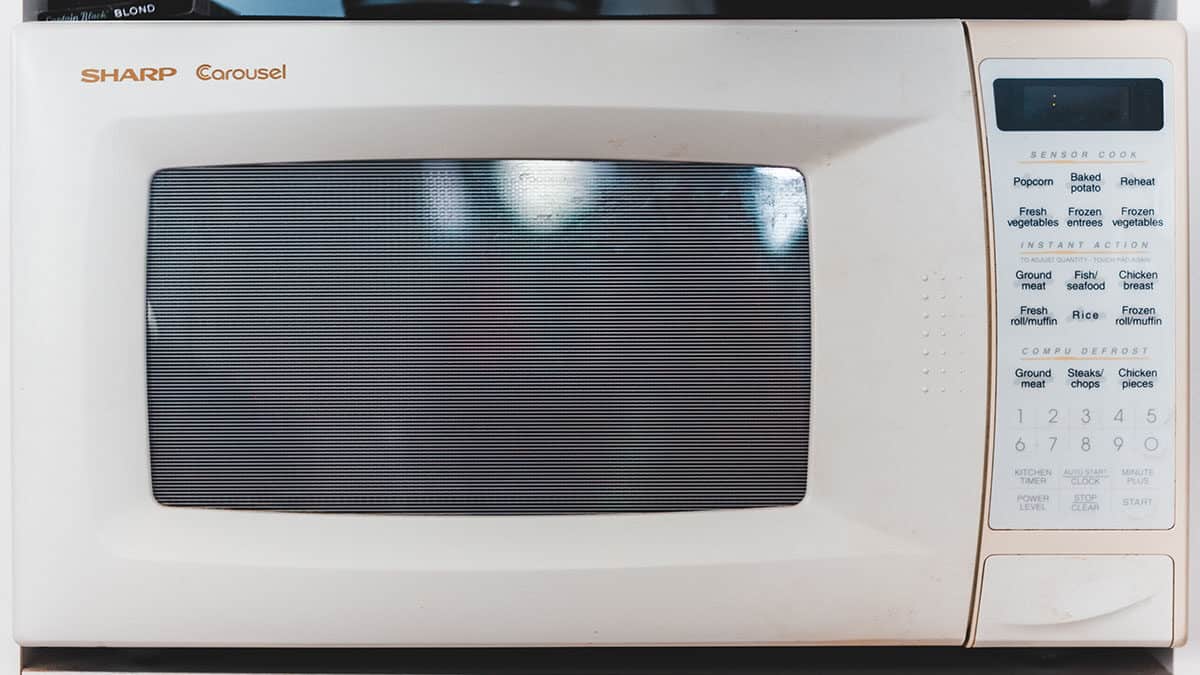
There are some other really cool ways we can use waves to make energy, but those waves aren’t the sort you can swim in!
You’ll find this wave in a very common kitchen gadget. Microwave ovens are very efficient because they channel heat energy directly to tiny water particles inside the food we want to heat up. Microwaves are a type of wave that are between radio waves and infrared radiation on the spectrum. Waves in this range have an interesting property, they’re absorbed by water, fats and sugars, and convert to heat. They also have another interesting property, they’re not absorbed by most plastics, glass or ceramics!

There is another way we can harness waves for energy. Solar energy comes from waves radiating from the sun. We can use this energy to generate electricity using solar panels. Some gadgets like torches and radios use very small solar panels to power them, whilst houses have large panels across their roofs to power things inside it. You may have seen a picture of the International Space Station which is orbiting around the Earth right now it’s powered by solar energy. Its solar panels cover a massive area the size of half a football pitch!

Here’s how it works. Solar panels contain a special substance, usually silicon, and when light waves hit this substance a tiny amount of electricity is created. This energy is either fed into the national grid or stored in batteries ready to be used when we want it.
So we can use waves of all kinds to power our world, from cooking a meal to running a space station!
Click below to learn all about waves!
[related tag=”worldofwaves”]
So You Want to Know About… Waves? is supported by The Institute of Physics
You can download all the episodes to listen to again on iTunes!
Subscribe on iTunes now to make sure you never miss an episode.




